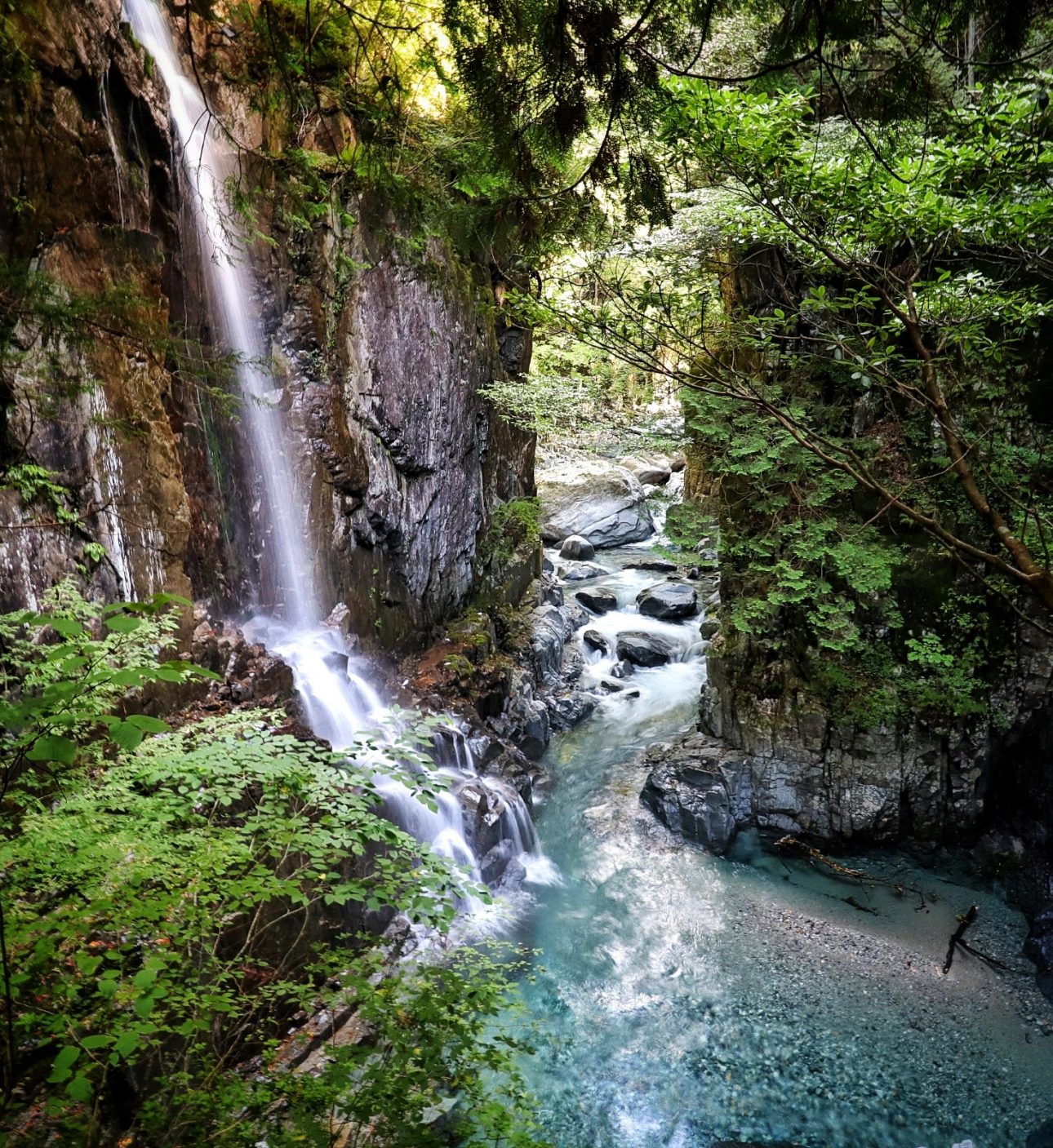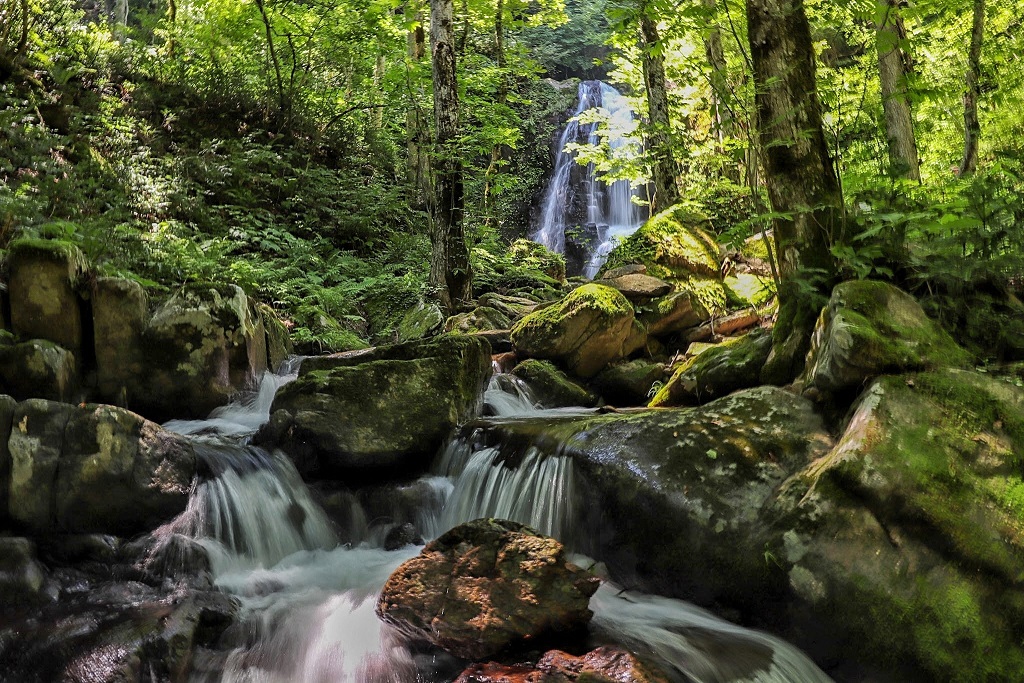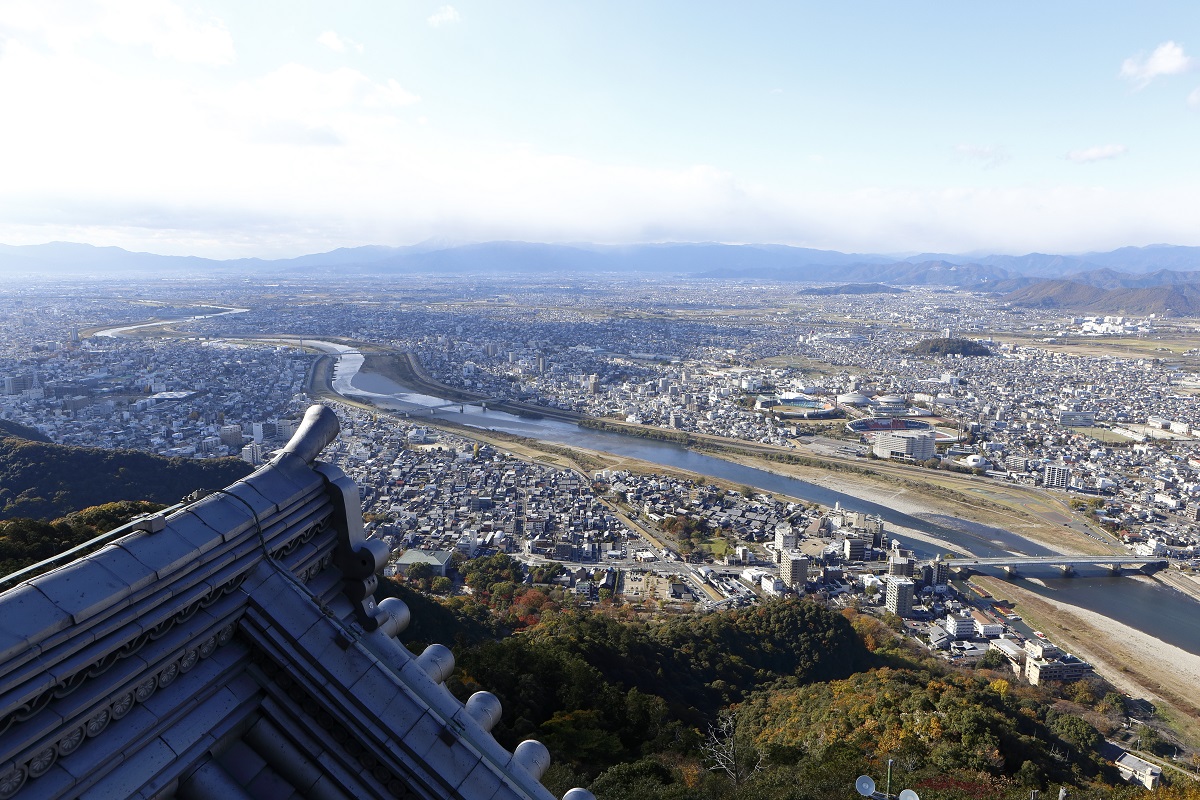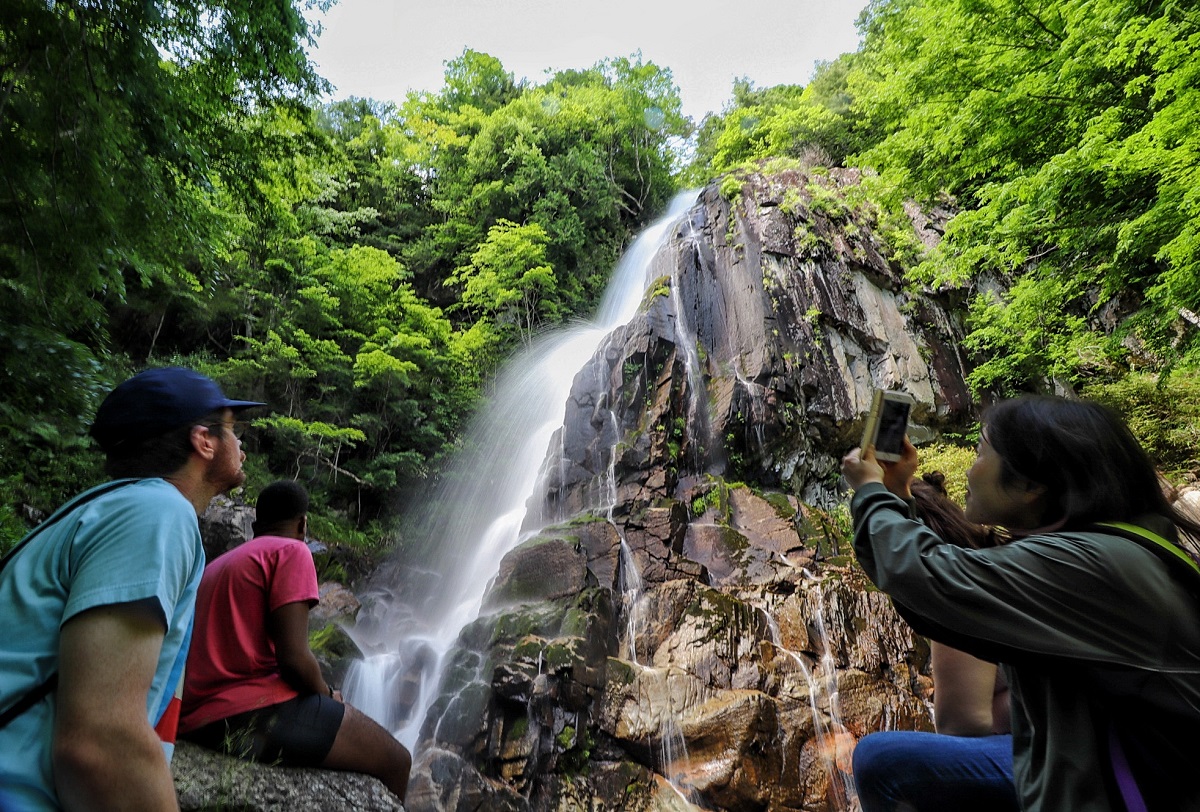Japan Fall Foliage: A Stunning Display of Autumn Leaves in Vibrant Reds, Yellows, and Greens
The changing colors of Japanese fall foliage, have long been cherished, just as the cherry blossoms in spring. A major appeal of Japan is being able to enjoy colorful autumn leaves scenery composed of the reds, yellows, oranges and browns of various deciduous trees together with the green hue of evergreen trees. Another beautiful feature is the diverse spectrum of Japan fall foliage depending on the respective altitude, with colors changing as you move upward from the base to the summit of the mountains. Though Gifu Prefecture offers a wide array of viewing spots for autumn foliage, especially worthy of note and appealing is “Itadakinomori” on the Shinhotaka Ropeway. Here, you can enjoy the gorgeously brilliant fall foliage of the Northern Alps, with mountain ranges that rise to heights exceeding 3,000 meters.
Featured Spots
Shinhotaka Ropeway ‘Itadakinomori’: A Must-Visit Spot for Japan Fall Foliage and Autumn Leaves in Gifu
Best time of year for viewing: Early October ~ Late October
Shinhotaka is renowned as a scenic spot for viewing the autumn leaves in Gifu Prefecture. Used as the setting for Inoue Yasushi’s novel “Hyoheki”, it is also the starting point for climbing Mt. Yarigatake and the Hotaka Mountain Range in the Northern Alps. Surrounded by peaks reaching heights of more than 3,000 meters above sea level, this is a place of great natural beauty and also home to Shinhotaka Onsen, which boasts an abundance of hot water from the source and is one of the five hot springs of Okuhida Hot Spring Village.
The Shinhotaka Ropeway, which is the only double-decker ropeway in Japan, runs halfway up Mt. Hotaka. Itadakinomori, a popular area situated at an altitude of 2,156 meters, is a place where visitors of all ages, from children to the elderly, can enjoy a panoramic view of mountains at heights exceeding 2,000 meters. The carpet of red and yellow autumn leaves that spreads out before your eyes will take your breath away. *This place is also recognized as a Michelin two-star scenic spot with its world renowned view.
From the “Corridor of Spears” observation deck, which juts out like a boomerang from the mountainside at Itadakinomori, you can enjoy a panoramic view of the dynamic world above the clouds in the Northern Alps. Terraces and wooden decks are dotted around the area, enabling visitors to relax and spend time in any way they find suitable. There is also a cafe that serves unique local cuisines, making the area flourish as a new tourist attraction in Gifu.
* Michelin Green Guide Japan



*Pictures were taken with special permission. Except for certain items, food and drinks cannot be taken outside the restaurant.
Other Must-See Spots for Japan Fall Foliage and Autumn Leaves in Gifu: A Guide to Momijigari and Koyo
The autumn leaves in Gifu can be enjoyed for a long period of time, starting from late September to around November every year. The scenery created from a combination of the fall foliage and historic buildings such as shrines, temples and castles is also a must-see. These elegant, uniquely Japanese scenes of autumn leaves are breathtakingly beautiful. Gifu also has many spots where you can take a leisurely after-dinner stroll and enjoy viewing illuminated fall foliage at night.
Gifu Castle
Best time of year for viewing: Mid-November ~ Late November
Gifu Castle is famous for having been the residence of Oda Nobunaga, the military commander who sought to unify Japan during the Warring States period around 450 years ago. Standing at the top of Mt. Kinka at an altitude of 329 meters, the castle commands a sweeping 360-degree view of the surrounding area from its central tower. The vista is particularly wonderful in autumn, when you can enjoy the crimson autumn leaves spreading out below you, together with the clear waters of Nagara River flowing through the city. To the east is Mt. Ena, to the west Mt. Ibuki, with Nobi Plain stretching southward and the Japan Alps in the north. The contrast between the bright red autumn leaves and the castle tower also makes for a magnificent view.
Gujo Hachiman Castle
Best time of year for viewing: Mid-November
Originally built in 1559, Gujo Hachiman Castle was rebuilt in 1933 to become the oldest wooden reconstructed castle in Japan. Renowned as a castle of fall foliage, in autumn, the ivory castle tower is surrounded by a sea of bright red autumn foliage, making it appear as though the castle is engulfed in flames. At night, the castle is lit up to create a magically fantastic atmosphere.
Tanigumisan Kegon-ji Temple
Best time of year for viewing: Mid-November ~ Early December
Tanigumisan Kegon-ji Temple was built in 798 and is affectionately known as “Tanigumi-san” by the locals. Around mid-November, when the mornings and evenings start to get colder, around 500 maple trees planted along the approach to the temple and inside the temple grounds start to view autumn leaves changing color, beautifully adorning the ancient temple with autumn tints. It is included among the “Top 33 Spots of Hida and Mino” for its fall foliage, and the view of the temple grounds from the Niomon Gate is so picturesque as if it were a work of art. You can also enjoy a leisurely stroll around the souvenir shops that line the approach to the temple.
Ryokaisan Yokokura-ji Temple
Best time of year for viewing: Mid-November ~ Late November
Ryokaisan Yokokura-ji Temple is said to have been rebuilt in 803 by Saicho, the founder of the Tendai school of Buddhism in Japan. The temple is home to 22 National Important Cultural Properties, including a statue of Yakushi Nyorai, and also has a large collection of paintings and books. The mummy of Myoshin Hoshi, who is said to have attained Buddhahood while still alive around 200 years ago, is also on display. In autumn, the scenery created by the historic buildings amid the changing colors of the autumn leaves is particularly atmospheric, the collaboration of the vermilion Iohashi Bridge and the bright-red autumn leaves being a must-see in particular.
Kokeizan Eiho-ji Temple
Best time of year for viewing: Mid-November ~ Late November
Kokeizan Eiho-ji Temple is a Zen temple founded in 1313. The Kannon Hall and Founder’s Hall, which were built during the Kamakura period, are designated as National Treasures, and the Chisen-Kaiyu-style garden (Japanese garden with a path around a central pond) is designated as a national site of scenic beauty. During autumn in Japan, a scene of indescribable beauty is created by the giant ginkgo tree, which is said to be 670 years old, as it glows in the soft fall sunlight with a golden hue against the blue sky. The temple garden ablaze with vibrant hues of autumn leaves also makes it perfect spot for momijigari during autumn in Japan.



























































